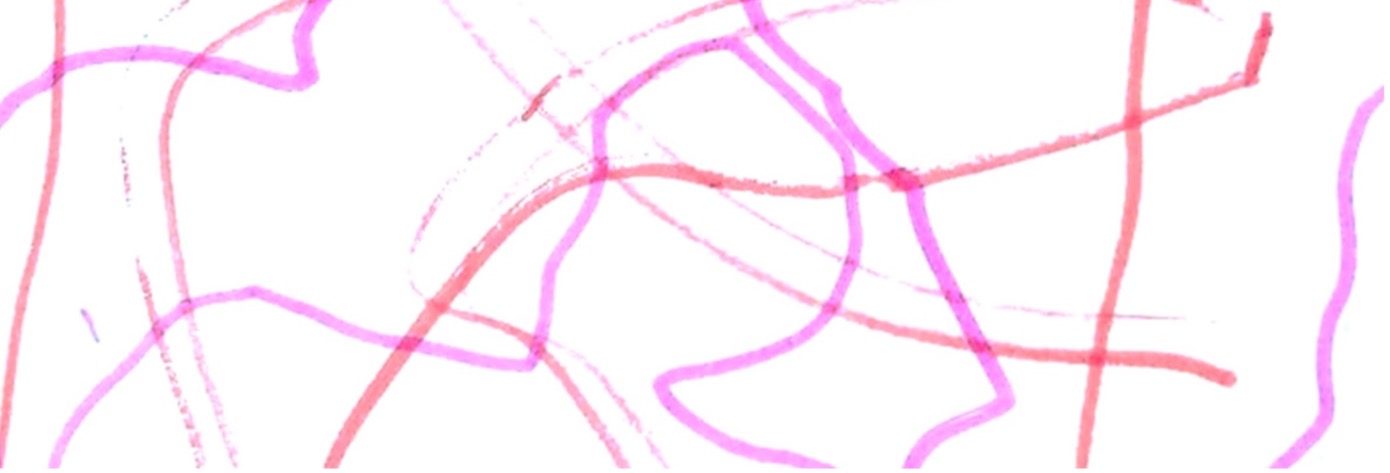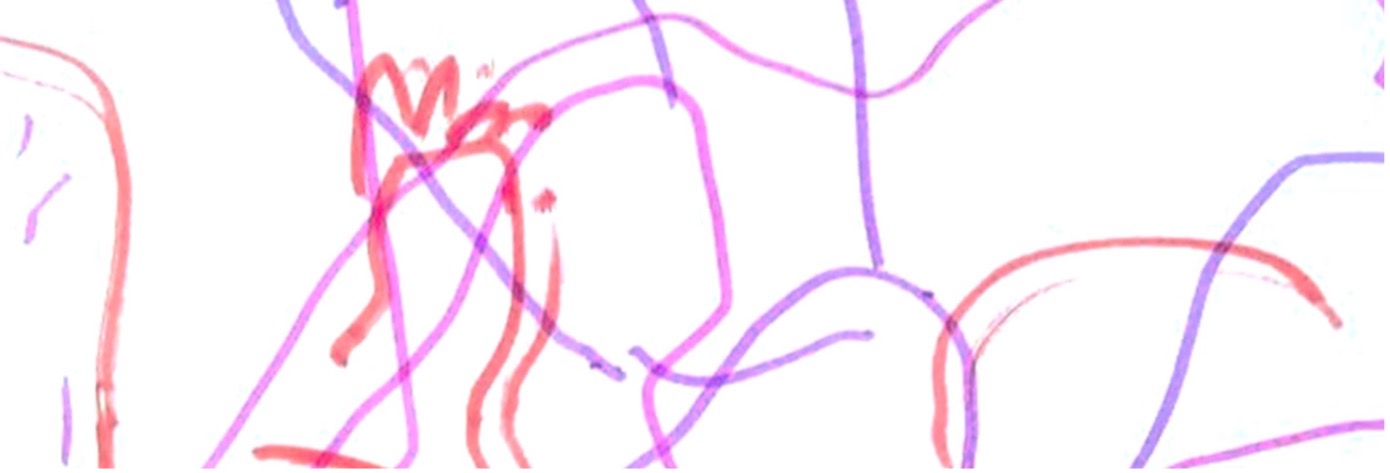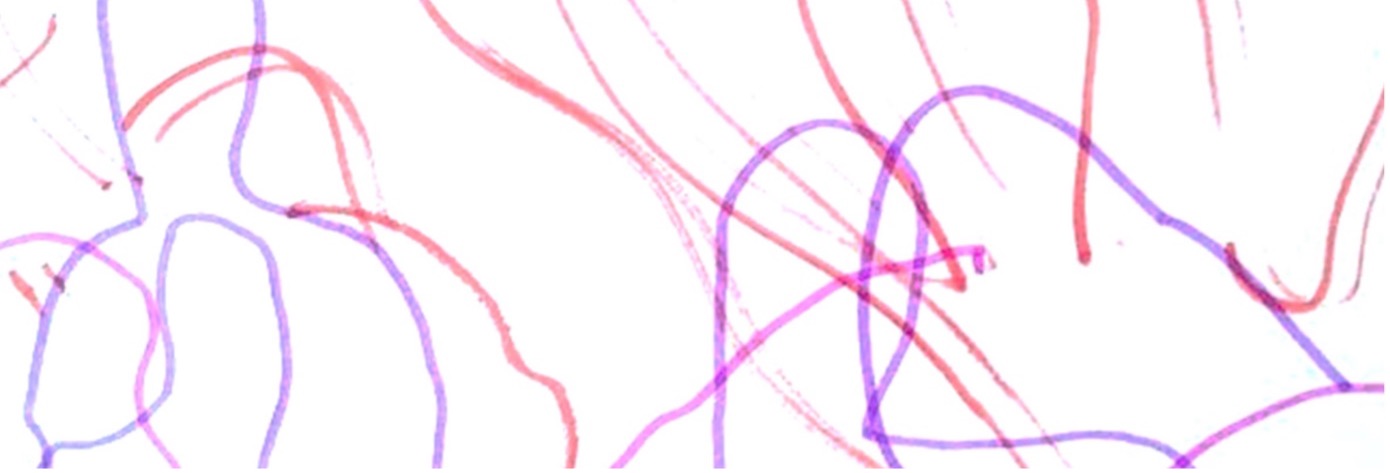Seminar Blogs
“Metaphors We Dance With” – Floor Mijland
At the last Transmission in Motion seminar, taking place May 26th, 2021, dance researcher Suzan Tunca and assistant professor Laura Karreman discussed the relationship between dance and language, as used in both the studio and academia. Contrary to the common conception of dance, as an artform ‘far removed from language’, Tunca explained the importance of words, metaphors, language in general for the dance practice. Studying a choreography requires more than merely reproducing steps, these steps need to be performed with a certain embodied intention in mind. Only then is a dancer able to transfer the intended message in a piece. It is this intention for which choreographers use a rich and specific vocabulary, which Tunca has been mobilizing in a digital dance archive. To partially answer the central question of the seminar (how to transmit intuitive body knowledge? Utrecht University 2021), I want to look more closely at the relationship between language and movement, as it seems to be the base for choreographic language.

Dancing lines I:I, Mijland 2018.
In his book The Meaning of the Body: Aesthetics of Human Understanding, philosopher Mark Johnson discusses how embodied meaning can become abstract thought:
Consider, for example, how we understand the expression “We have a long way to go before our theory is finished”. Why can we use the phrase a long way to go, which is literally about distance and motion through space, to talk about the completion of a mental project (developing a theory), in which there is no literal motion whatsoever? (Johnson 2008, 177)
Everyone has moved from one place to another and has physically felt what it means to travel. This sensorimotor experience of the world shapes how we understand other processes as well. Expressions such as a long way to go are what Johnson, and his colleague George Lakoff, call ‘conceptual metaphors’.
Conceptual metaphors show how bodily experiences are transferred to more abstract domains. They…
…arise naturally via our bodily perceptions and actions, as they come to shape burgeoning experience as we grow from infancy to adulthood. Most of the time, they are activated automatically and unconsciously to structure our understanding of situations and events. Other, more complex metaphors appropriate, build on, blend, and extend our [more] primary metaphors. (Johnson 2008, 178/179)
What we understand from the specific conceptual metaphor a long way to go is that ‘purposeful activities are journeys’ (177).

Dancing lines I:II, Mijland 2018.
Based on Johnson’s understanding of conceptual metaphors, we can begin to see the importance of language for the practice of dance. Language and dance seemed to form a feedback loop: bodily movement has shaped the conceptual metaphors used to communicate more abstractly, and in return, the conceptual metaphors are translated to bodily movement. Only when the right language, for example in the shape of conceptual metaphors, is used, will the performance convey the intended content.
So, to come back to the central question of the transmission in motion seminar: how does one transmit intuitive body knowledge? Based on Johnson’s work, I believe that the way we can transmit intuitive body knowledge is through language, specifically through conceptual metaphors based on bodily experiences of the world. Unfortunately, however, most experiences are quite personal, and therefore do not necessarily translate to commonly shared conceptual metaphors, and thus choreographic language. This brings us back to the intricate task Tunca set out to do: the creation of a (digital) dance archive and to document the transmission of motion.

Dancing lines I:III, Mijland 2018.
References
Literature
- Johnson, Mark. 2008. “Chapter 9: From Embodied Meaning to Abstract Thought”, in The Meaning of the Body: Aesthetics of Human Understanding, pp. 177-193. Chicago: University of Chicago Press.
- Utrecht University. 2021. “Transmission in Motion Seminar (2020-2021): “Mobilizing the Dance Archive: How to Transmit Intuitive Body Knowledge?” – Suzan Tunca (ICK Amsterdam Dance Company) and Laura Karreman (Utrecht University)”. Transmission in Motion (blog), Utrecht University. May 26th, 2021. https://transmissioninmotion.sites.uu.nl/transmission-in-motion-seminar-2020-2021-transmitting-choreographic-knowledge-notation-documentation-and-design-suzan-tunca-ick-amsterdam-dance-company-and-laura-karreman-u/.
Images
- Figure 1. Mijland, Floor W. October 8th, 2018. “Dancing Lines I:I”. Digital image. Private collection.
- Figure 2. Mijland, Floor W. October 8th, 2018. “Dancing Lines I:II”. Digital image. Private collection.
- Figure 3. Mijland, Floor W. October 8th, 2018. “Dancing Lines I:III”. Digital image. Private collection.

